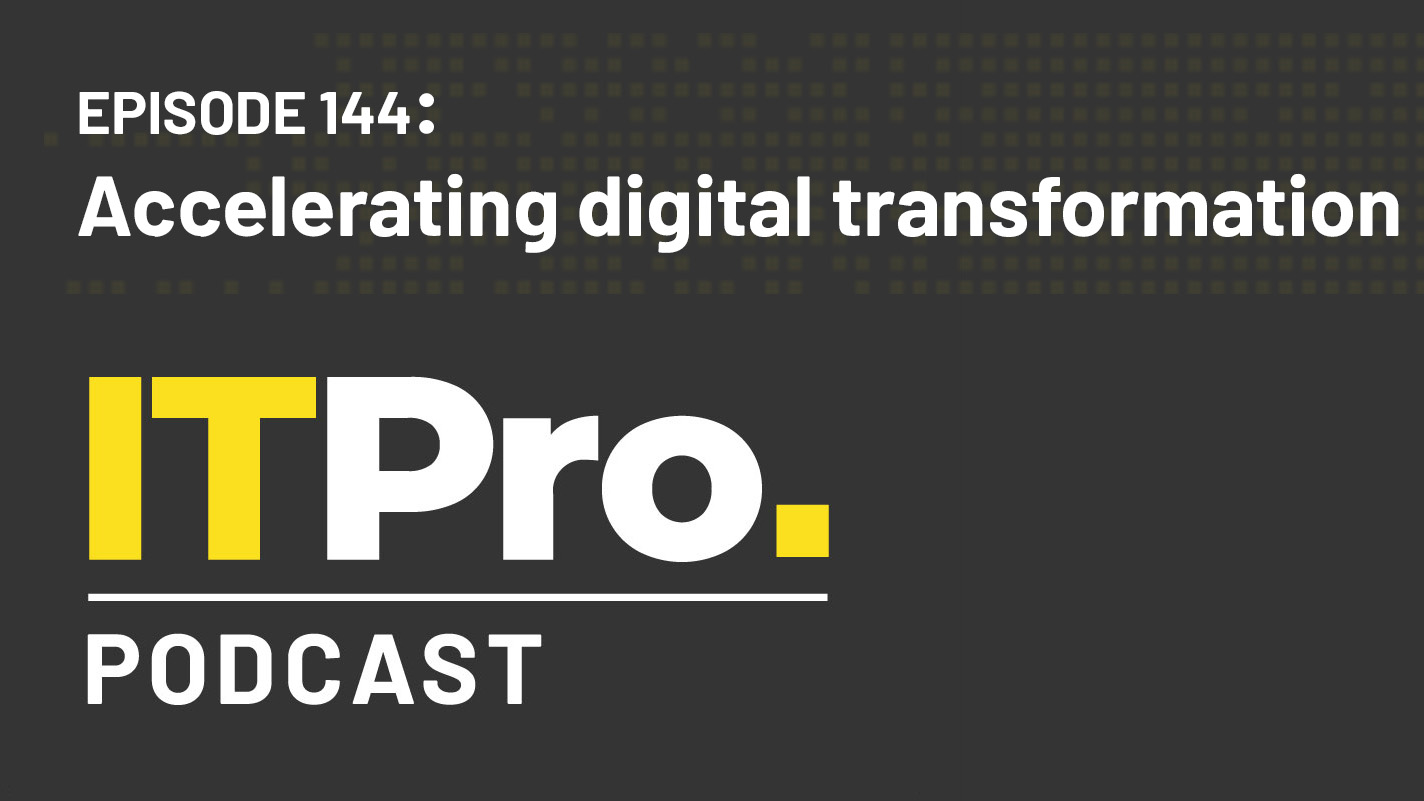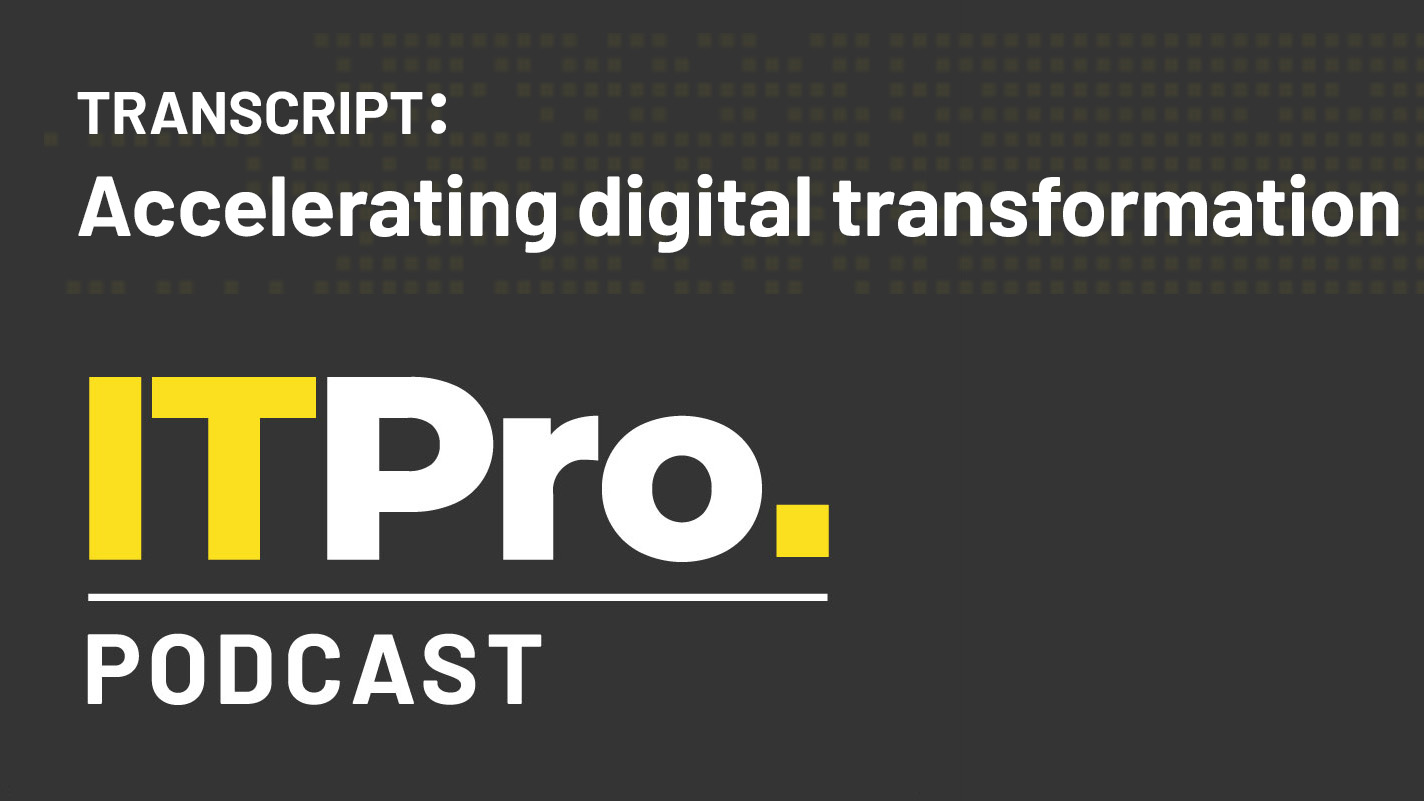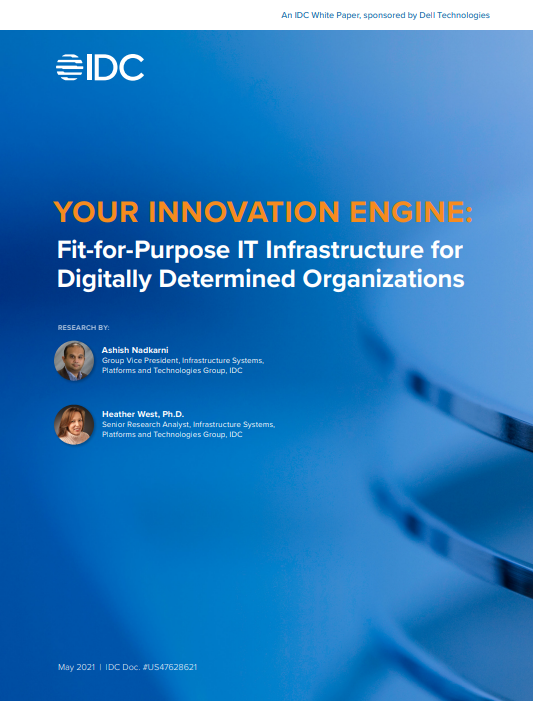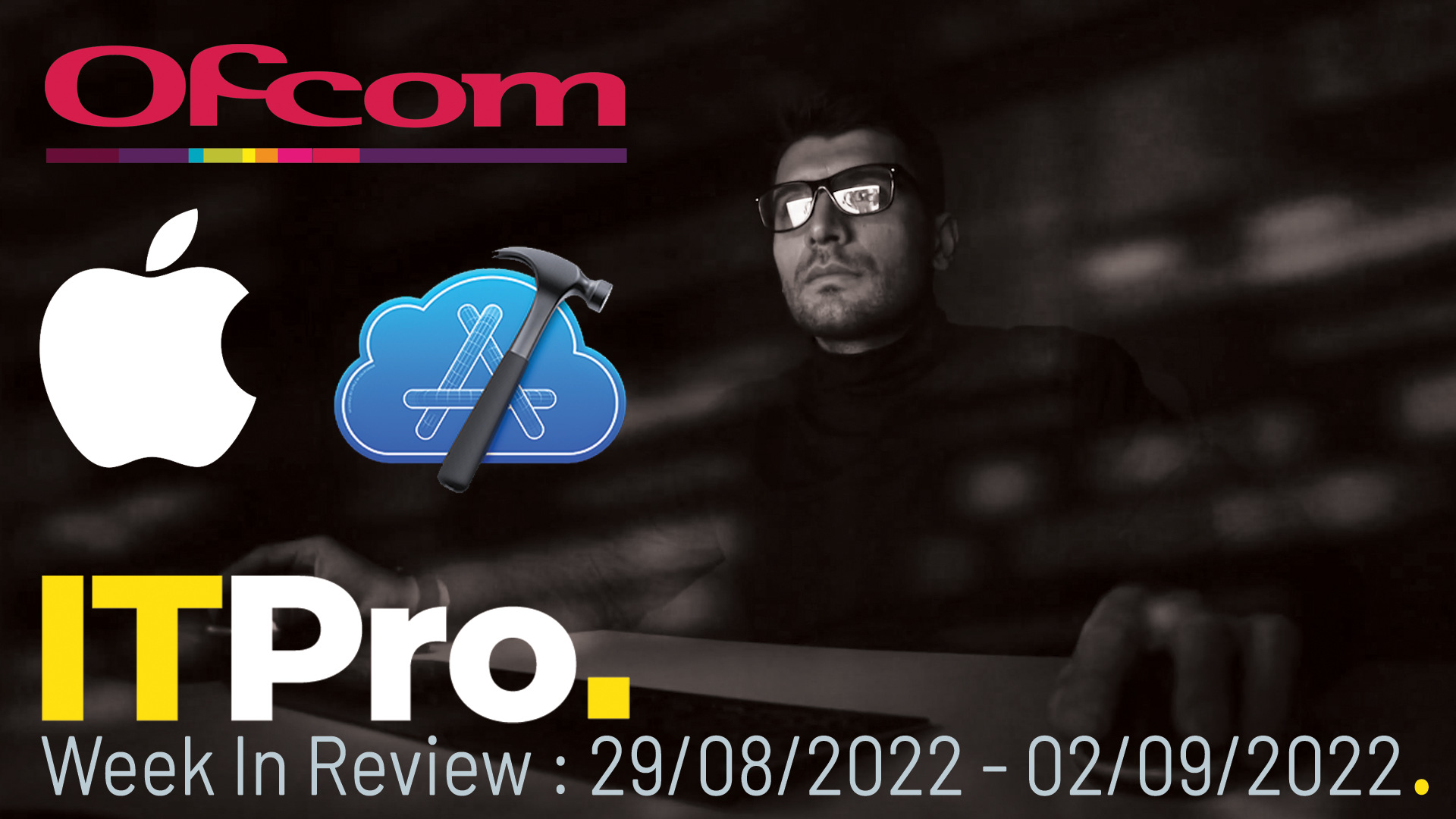CIOs: Give end users what they want
IT leaders need to help employees get the most out of cool new technologies if they want to safeguard their future.

The Doctor's Surgery: Dr Mark Samuels, editor at advisory organisation CIO Connect, examines the future role of the IT leader in this new monthly column.
You have to feel for the CIO. The IT department, which has never been the most popular part of the business, is now in danger of becoming a direct enemy to the ever-powerful end-user.
Get those policies right and, rather than being an enemy, the CIO can establish a flexible route towards a brighter, digital future.
The customary role of the technology team is to provide IT resources to help people complete their jobs. Most of the time, employees across the business complain the kit they have is too old, too slow and too unreliable.
The traditional role of the tech team has changed recently, as broadband speeds have increased and innovative IT companies are starting to create flexible options relating to on-demand technology and mobile devices.
CIOs should be helping the business to use the digital innovation emerging from cool IT vendors. But the technology team is in danger of being sidelined as line-of-business executives buy IT on-demand.
The traditional CIO and vendor relationship is also under threat. Long-standing concerns, like licensing and vendor lock-in, are being replaced by concerns over a vendor's ability to keep pace with change.
Get the ITPro daily newsletter
Sign up today and you will receive a free copy of our Future Focus 2025 report - the leading guidance on AI, cybersecurity and other IT challenges as per 700+ senior executives
Everything, in short, is moving quickly. Internal IT teams are struggling to keep pace with change, as are the technology suppliers that have traditionally helped CIOs develop an enterprise architecture.
So how can CIOs deliver value to the business in an era of fast-paced change? Most crucially, technology chiefs need to recognise that supply is an old school skill. Demand will be the crucial factor for the successful IT leader of the future.
Vendors have to adapt to this fast-changing world too and CIOs need to pick suppliers based on their ability to offer flexibility, not on their ability to deliver a set technical approach.
The key to delivering value in this flexible world is end-user demand. Employees know what they want, and they want the CIO to make it happen.
IT leaders must establish the policies that allow users to make the most of the cool technologies they demand. Get those policies right and, rather than being an enemy, the CIO can establish a flexible route towards a brighter, digital future.

Mark Samuels is a freelance writer specializing in business and technology. For the past two decades, he has produced extensive work on subjects such as the adoption of technology by C-suite executives.
At ITPro, Mark has provided long-form content on C-suite strategy, particularly relating to chief information officers (CIOs), as well as digital transformation case studies, and explainers on cloud computing architecture.
Mark has written for publications including Computing, The Guardian, ZDNet, TechRepublic, Times Higher Education, and CIONET.
Before his career in journalism, Mark achieved a BA in geography and MSc in World Space Economy at the University of Birmingham, as well as a PhD in economic geography at the University of Sheffield.
-
 Should AI PCs be part of your next hardware refresh?
Should AI PCs be part of your next hardware refresh?AI PCs are fast becoming a business staple and a surefire way to future-proof your business
By Bobby Hellard
-
 Westcon-Comstor and Vectra AI launch brace of new channel initiatives
Westcon-Comstor and Vectra AI launch brace of new channel initiativesNews Westcon-Comstor and Vectra AI have announced the launch of two new channel growth initiatives focused on the managed security service provider (MSSP) space and AWS Marketplace.
By Daniel Todd
-
 Protecting CIOs' IT budgets is "paramount" in maintaining business growth
Protecting CIOs' IT budgets is "paramount" in maintaining business growthNews If CIOs are forced to make emergency budget cuts, they should also explain the risks to high level stakeholders so the responsibility is shared
By Zach Marzouk
-
 The IT Pro Podcast: Accelerating digital transformation
The IT Pro Podcast: Accelerating digital transformationIT Pro Podcast Implementation is just as important as the value of change
By IT Pro
-
 Podcast transcript: Accelerating digital transformation
Podcast transcript: Accelerating digital transformationIT Pro Podcast Read the full transcript for this episode of the IT Pro Podcast
By IT Pro
-
 Fit-for-purpose IT infrastructure for digitally determined organisations
Fit-for-purpose IT infrastructure for digitally determined organisationsWhitepaper Your innovation engine: Guiding organisations through change in the new digital economy
By ITPro
-
 IT Pro News in Review: CIOs face a challenge, Ofcom's telecom fines, Apple expands Xcode
IT Pro News in Review: CIOs face a challenge, Ofcom's telecom fines, Apple expands XcodeVideo Catch up on the biggest headlines of the week in just two minutes
By IT Pro
-
 CIO role has 'drastically changed' over last 24 months, says Lenovo
CIO role has 'drastically changed' over last 24 months, says LenovoNews Globally survey suggests chief information officers have greater influence over their company now the role has expanded beyond technology
By Bobby Hellard
-
 How can CIOs help to close the tech skills gap?
How can CIOs help to close the tech skills gap?In-depth The most well-equipped IT leaders can take a number of practical steps to close the divide within their organisations
By Rene Millman
-
 What is a virtual CIO (vCIO) and does your business need one?
What is a virtual CIO (vCIO) and does your business need one?In-depth With tech skills in short supply, organisations are turning to temporary expertise to see through critical digital transformation projects
By Mark Samuels